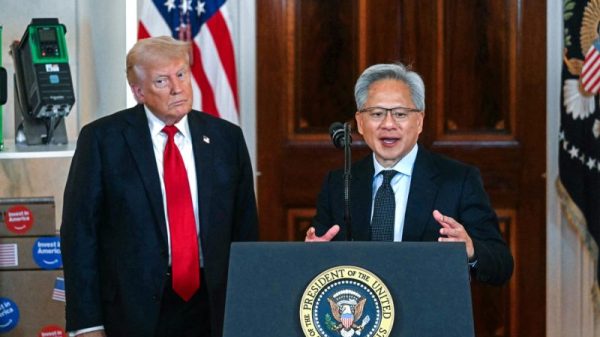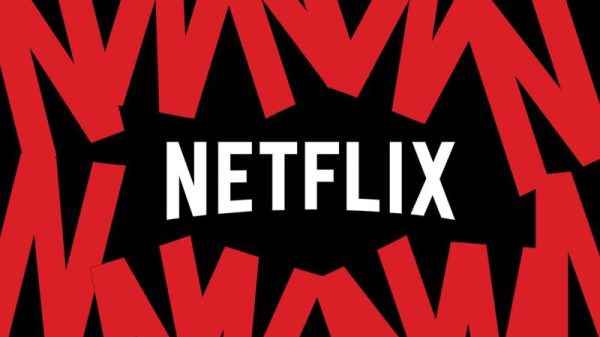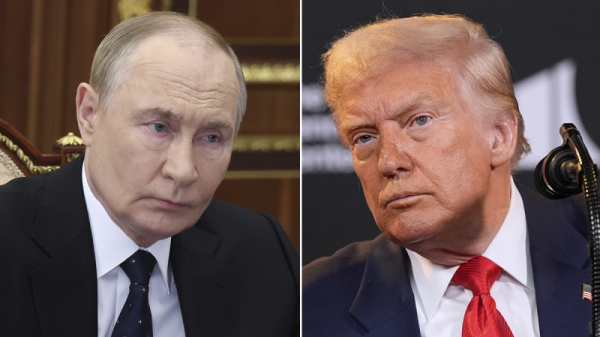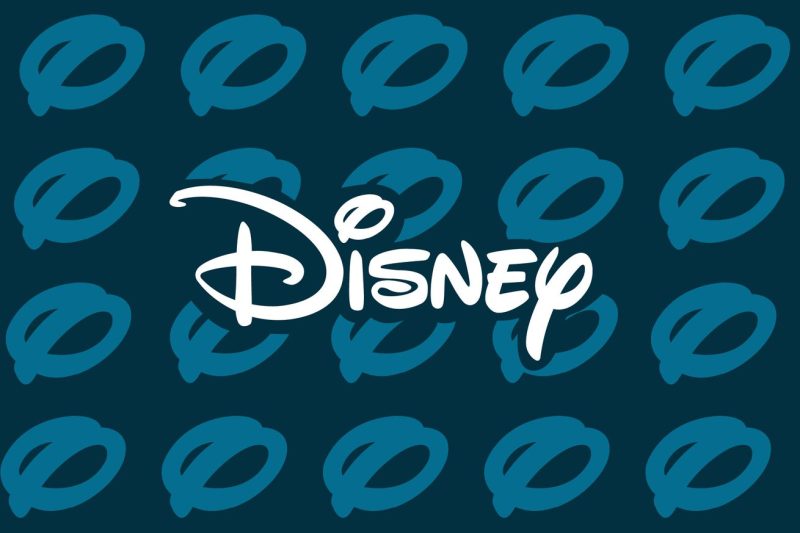In recent news, it has been reported that Disney has blocked access to several of its popular channels, including ESPN, ABC, and others, for millions of DirecTV subscribers. This decision has left many viewers frustrated and wondering about the implications of such a move.
One of the primary reasons behind this blackout is a disagreement between Disney and AT&T, the parent company of DirecTV, over contract terms and fees. This is not an uncommon occurrence in the television industry, as negotiations between content providers and distributors often lead to such disputes.
While it may be easy to point fingers and assign blame in situations like this, it’s essential to consider the broader context. Both companies are looking out for their best interests, whether that means securing fair compensation for content or ensuring that customers receive the channels they expect.
For DirecTV subscribers who are avid sports fans, the loss of ESPN is undoubtedly a significant blow. ESPN is known for its coverage of various sporting events and is a go-to destination for sports enthusiasts. The absence of this channel could leave many viewers feeling disconnected from the sports world.
Similarly, the blackout of ABC affects a broader audience, as the network offers a range of popular programming, including news, talk shows, and dramas. Viewers who rely on ABC for their daily dose of entertainment may now find themselves searching for alternative ways to access their favorite shows.
While the dispute between Disney and AT&T is undoubtedly causing inconvenience for DirecTV subscribers, it is also a reminder of the complex dynamics at play in the TV industry. As technology continues to evolve and new streaming services emerge, the traditional cable and satellite model is facing increasing challenges.
Ultimately, it is hoped that the two companies can reach a resolution soon and restore access to the blocked channels for DirecTV subscribers. In the meantime, viewers may need to explore other options to ensure they can continue enjoying their favorite content. It is a reminder of the importance of choice and competition in the media landscape, and the need for transparency and communication between all stakeholders involved.


































